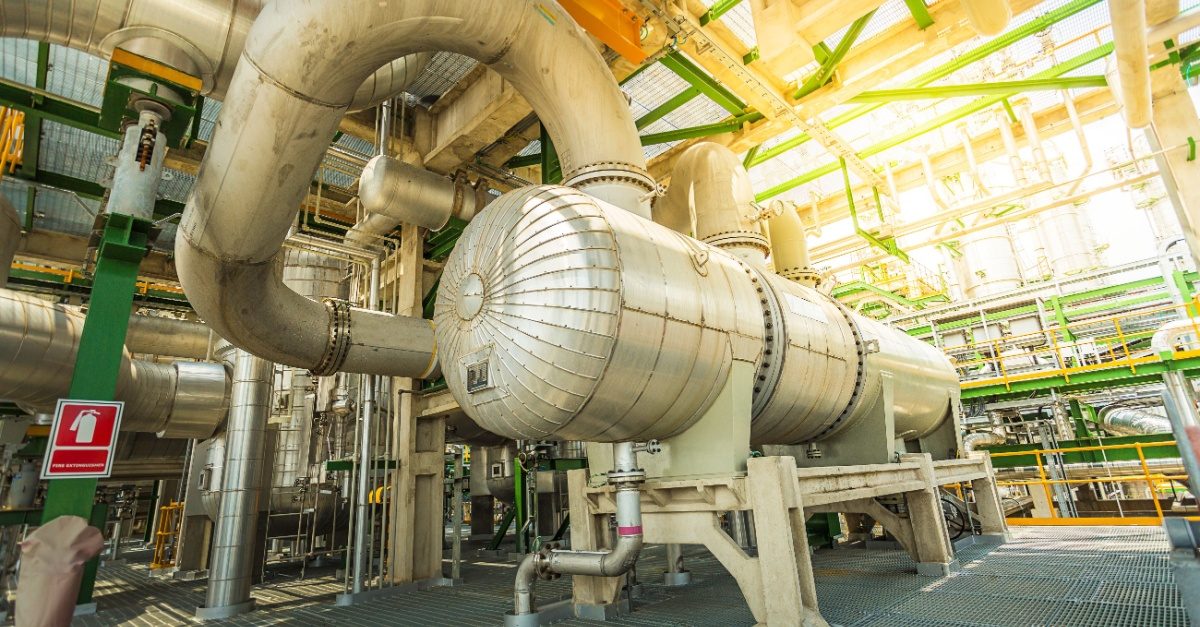
Why Pressure Vessel Inspection and Registration Matters
Pressure vessels are critical components in various industrial operations, from energy production to chemical processing. Designed to contain substances under immense pressure, they must be built and maintained to the highest safety standards. Even a minor defect or oversight can result in severe damage, operational downtime, or threats to human life.
That’s why inspections and registrations are not mere formalities; they are essential steps in verifying that each vessel remains structurally sound and compliant with regulatory requirements. Beyond protecting assets, these practices ensure that businesses uphold accountability and demonstrate a commitment to safety and reliability.
Read on to understand why pressure vessel inspection and registration are essential to safe operations and long-term industrial success.
Understanding Pressure Vessel Inspection and Registration
Pressure vessel inspection and registration form the backbone of industrial safety assurance. These processes confirm that every vessel handling pressurised substances is designed, constructed, and maintained to perform safely under operating conditions.
The following are three essential aspects that define these procedures and highlight their importance in maintaining reliable equipment.
- Definition and purpose: A pressure vessel is any enclosed container that stores or transports gases or liquids under pressure. The purpose of a pressure vessel inspection is to verify the vessel’s physical condition, design specifications, and performance against recognised safety codes. Registration, on the other hand, documents that the vessel has met these standards, granting operators a formal permit to operate.
- Who oversees it: Inspections are carried out by certified professionals or recognised inspection agencies authorised by government departments. Partnering with a reliable inspection company ensures that assessments are accurate and compliant. Working with a trusted provider such as Compressed Air, or another qualified inspection service, ensures your systems are reviewed by specialists with solid regulatory and technical expertise. These professionals also prepare a detailed inspection report, outlining findings and recommendations for continued compliance.
- Inspection activities and certification: The inspection process involves several inspection activities, including visual inspection, nondestructive tests, and verification of safety devices. Vessels must also meet the standards set by the American Society of Mechanical Engineers and may require a certification program through accredited inspectors such as API 510 Pressure Vessel inspectors. Each approved vessel must maintain up-to-date documentation, including a manufactures data sheet, to confirm adherence to design and safety specifications.
Proper inspection and registration create a structured framework for accountability and operational safety.
Ensuring Safety and Preventing Accidents
Safety lies at the heart of every pressure vessel inspection programme. These vessels handle gases or liquids at pressures far higher than atmospheric levels, which means any flaw can quickly escalate into a critical hazard.
Here are the reasons regular inspection is vital for maintaining safe operation.
- Early detection of faults: Inspections help identify surface and internal defects before they cause failure. Using visual checks and advanced methods such as ultrasonic testing, inspectors can spot corrosion, thinning, or weld damage early. This prevents breakdowns and reduces the risk of sudden vessel rupture.
- Preventing accidents and injuries: Pressure vessels hold high energy, so even a minor flaw can be dangerous. Regular inspections confirm that safety devices like pressure relief valves and gauges work correctly, preventing excessive pressure and keeping operations safe.
- Protecting lives and assets: In addition to preventing injuries, inspections help preserve valuable industrial equipment. Repairing or replacing damaged vessels after a failure can be far more expensive than maintaining them properly. Regular reviews also reduce the chance of environmental contamination from leaks or ruptures, avoiding costly clean-up operations and regulatory fines.
Routine inspections act as an essential safeguard, keeping pressure vessels stable, reliable, and compliant. A well-maintained inspection schedule minimises safety risks and contributes to a secure, efficient workplace.
Meeting Legal and Regulatory Requirements
Pressure vessel inspection and registration are legal obligations established to maintain public and workplace safety. Each region enforces its own regulations, often guided by internationally recognised standards such as ASME or the Pressure Equipment Directive (PED). These frameworks ensure that every vessel meets a uniform level of safety, reliability, and design integrity before it is placed in service.
Furthermore, compliance goes beyond ticking boxes; it demonstrates an organisation’s transparency and commitment to due process. Keeping inspection certificates, maintenance logs, and registration records up to date provides verifiable proof that safety standards are being met. In turn, this documentation builds trust with regulators, insurers, and clients, showing that the business operates responsibly and within the law.
Supporting Operational Efficiency and Business Reputation
Pressure vessel inspection and registration contribute directly to smoother operations and greater productivity. Well-maintained vessels run with fewer disruptions, reducing the frequency of unscheduled repairs and improving process consistency. As a result, companies can maintain steady output levels and meet production targets without unnecessary downtime or costly equipment failures.
Moreover, demonstrating a commitment to safety and compliance enhances a company’s reputation in the marketplace. Clients and partners are more likely to trust businesses that maintain transparent inspection records and adhere to recognised standards. Over time, this credibility strengthens relationships, supports contract renewals, and reinforces a brand image built on reliability and responsibility.
Final Thoughts
Regular pressure vessel inspection and registration reflect a company’s dedication to safety, reliability, and operational discipline. These practices foster a culture of responsibility where equipment performance and human safety are treated with equal importance. When inspection routines are prioritised, businesses gain the assurance that their assets function efficiently and within legal boundaries.
